8 Best Herbs To Grow For Pollinators: Support Bees, Butterflies & More
Herbs are not only delicious in our kitchens, they are also a great source of food for our local pollinators! Learn which herbs to plant for the most benefit.


It’s not an exaggeration to say that pollinators – think bees and butterflies and hummingbirds among others – make the world go 'round. Without pollinators, nature’s system of plant fertilization breaks down.
Yet, urban sprawl and the use of toxins in the environment are reducing pollinator populations with monarch butterflies and bees being the poster-children of this problem. Planting herbs for pollinators is one simple step everyone can take to help.
Flowering herbs like lavender and rosemary are among the most nectar-rich pollinator-friendly plants, and many are host plants for butterflies. Which are the best herbs for pollinators? We’ve put together a short list that includes herbs that attract butterflies, herbs that attract bees, and herbs that attract hummingbirds. It’s a great place to start.
Best Herbs For Pollinators
Herbs can be roughly defined as plants that valued for their medicinal, savory, or aromatic qualities. Most of us are familiar with culinary herbs (parsley, sage, rosemary and thyme!) – all of which are pollinator-friendly herbs as well. Some offer pollinators nectar and pollen, while others serve as host plants or offer shelter and nesting sites.
Which herbs attract pollinators? Here’s our shortlist of pollinator friendly herbs.
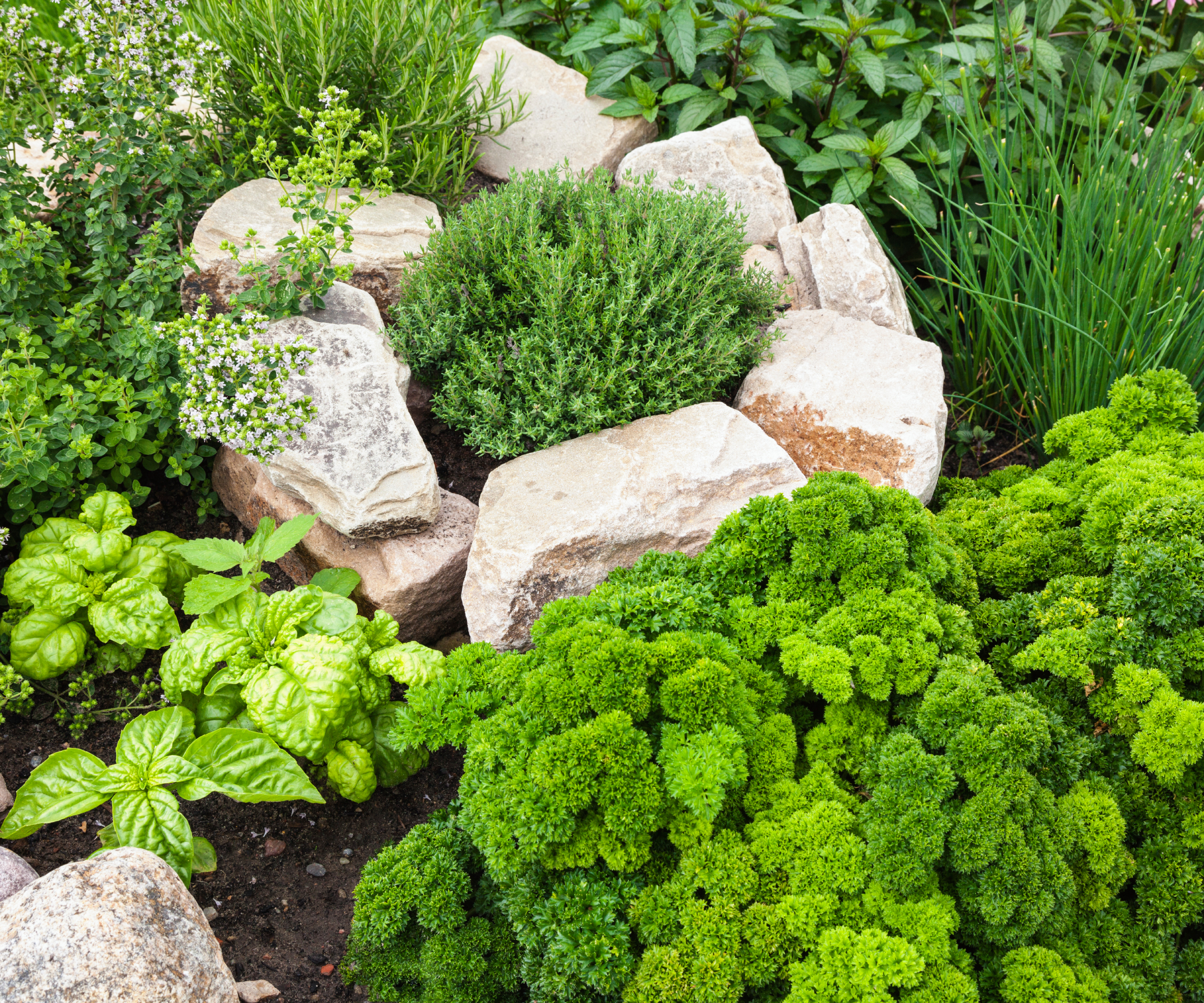
Find all the seeds, planters, supplies, and accessories you need to get growing the herb garden of your dreams. Explore the Gardening Know How Shop Herb Garden Collection.
1. Rosemary
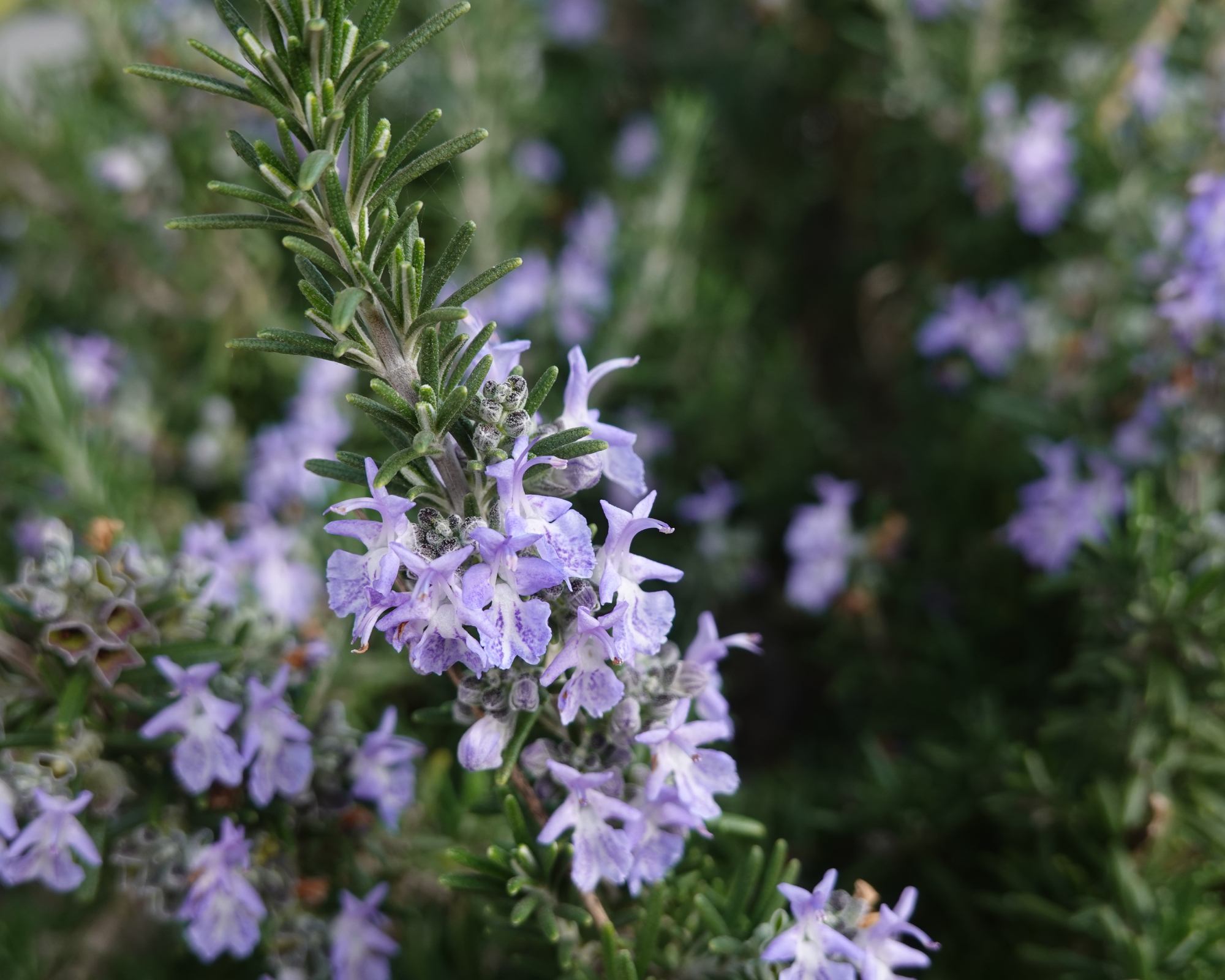
I always thought of rosemary as sprigs I bought in the grocery store until I visited the Bardenas Reales in Spain. There were fields of flowering rosemary, the fragrant leaves filled with heavy masses of indigo flowers. That changed forever my view of this popular cooking herb.
Rosemary (Salvia rosmarinus) is an evergreen shrub. It is an easy-to-grow, drought resistant plant and a gift for pollinators since it can flower all winter long in mild areas. Who likes rosemary nectar? The blue-purple flowers attract mason bees, bumblebees, and honeybees.
Sign up for the Gardening Know How newsletter today and receive a free copy of our e-book "How to Grow Delicious Tomatoes".
2. Borage
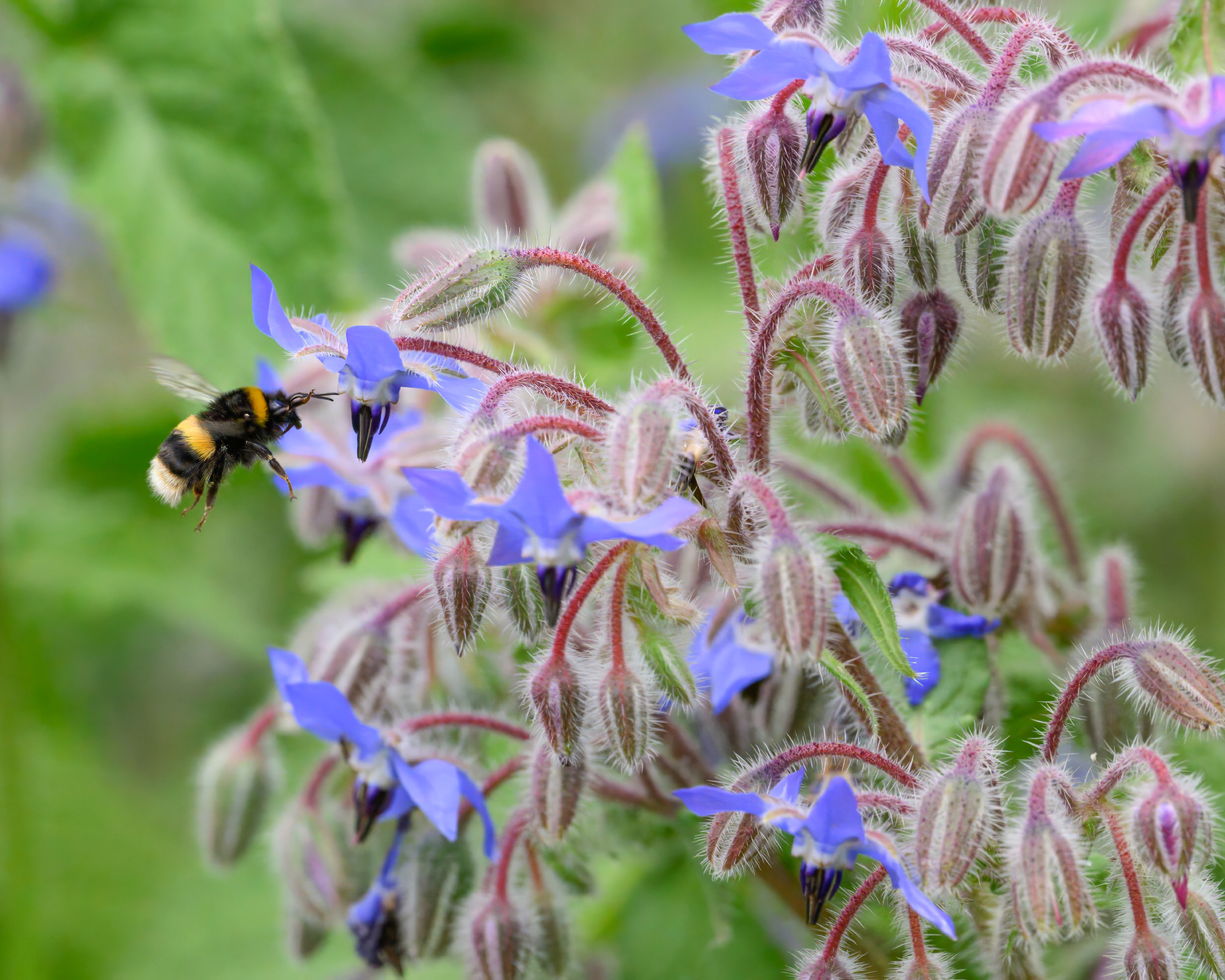
Borage (Borago officinalis) is another herb with vivid blue flowers. Considered an herb, it tastes like cucumbers but is often grown as a flowering plant. A friend of mine who is a beekeeper with an extensive vegetable garden introduced me to this lovely plant, and, at her house, the borage blossoms are always loaded with bees. The herb is also a larval host of the painted lady butterfly (Vanessa cardui).
Borage is an annual herb and extremely easy to grow. Although the gray-green foliage can look less than graceful, the flowers are shaped like drooping stars and last from spring through fall. These nectar-rich blooms are magnets for pollinators, especially bees with short tongues, like the buff-tailed bumblebee. Although it’s an annual, it self-seeds readily. My friend hasn’t planted any new borage seeds in a decade – the plants just keep growing!
3. Viper’s Bugloss

Here’s an herb that you may not have in a typical backyard herb garden – but consider adding it for the bees! Viper's bugloss (Echium vulgare) is a native plant that is easy to grow from seed. It also offers nectar-rich blue flowers that experts say replenish their nectar up to six times every hour. The herb produces dense clusters of upright spikes of vivid blue flowers.
Viper’s bugloss is a clumping plant and the clumps are magnets for pollinators all summer long as they take advantage of this all-you-can-eat buffet. It provides food for buff-tailed and red-tailed bumblebees, large skipper and painted lady butterflies, honeybees and red mason bees. The plant is an annual but reseeds itself every year.
4. Mint
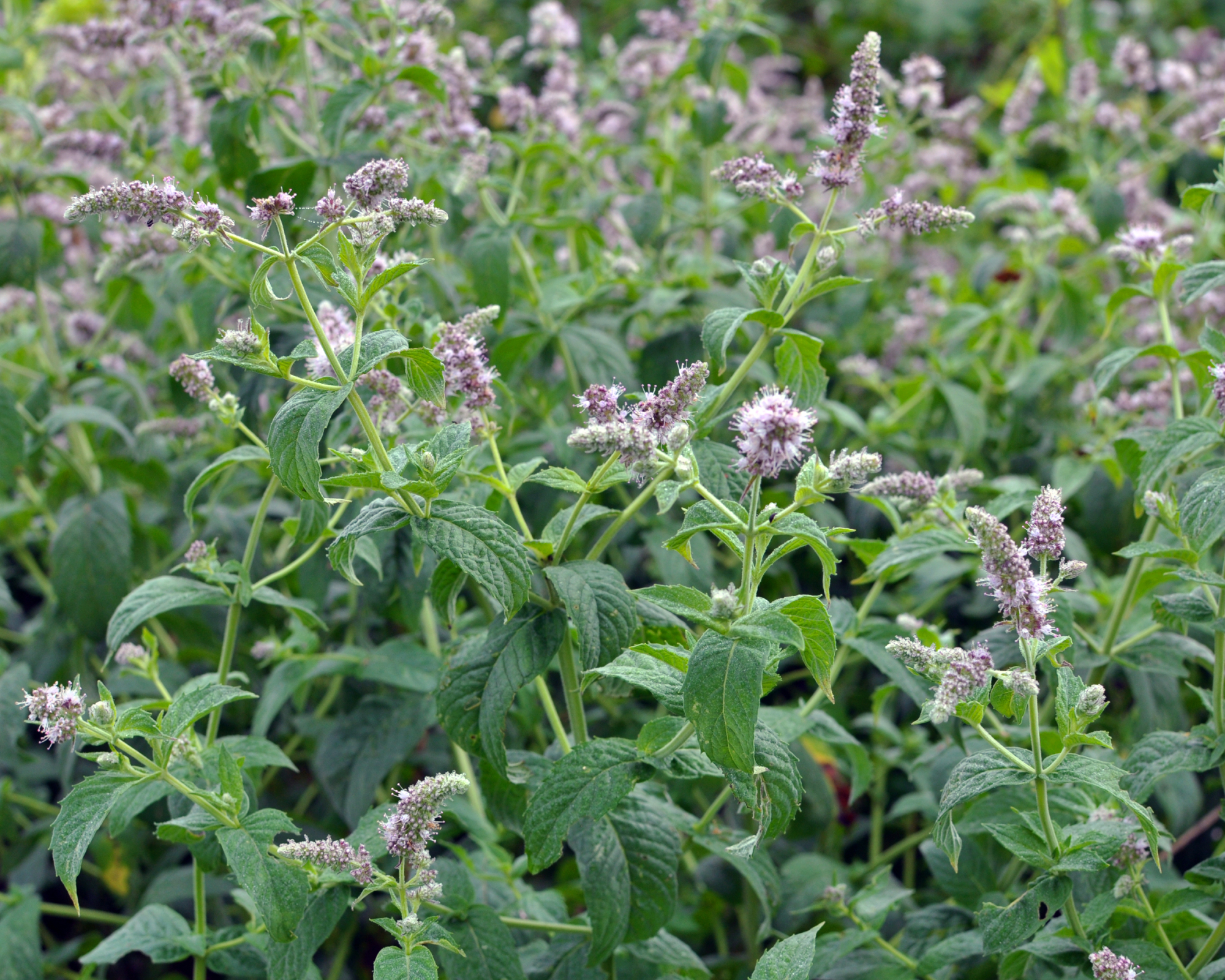
Easy-peasy to grow, all varieties of mint (Mentha spp.) are likely to jump out of your beds and spread all over the garden. That’s why most of us use containers to grow this herb. It not only produces lots of useful herb leaves, but also prolific amounts of pale pink and purple flowers. They are incredibly rich in nectar and are a favorite of pollinators.
One great type of mint for pollinators is native mountain mint (Pycnanthemum muticum). Technically, it is not a true mint, but its tightly packed tiny flower clusters offer abundant nectar for pollinators, particularly bees. The plants bloom for months starting in early summer and attract bumble bees and other small-sized bees as well as another pollinator, the tachinid fly.
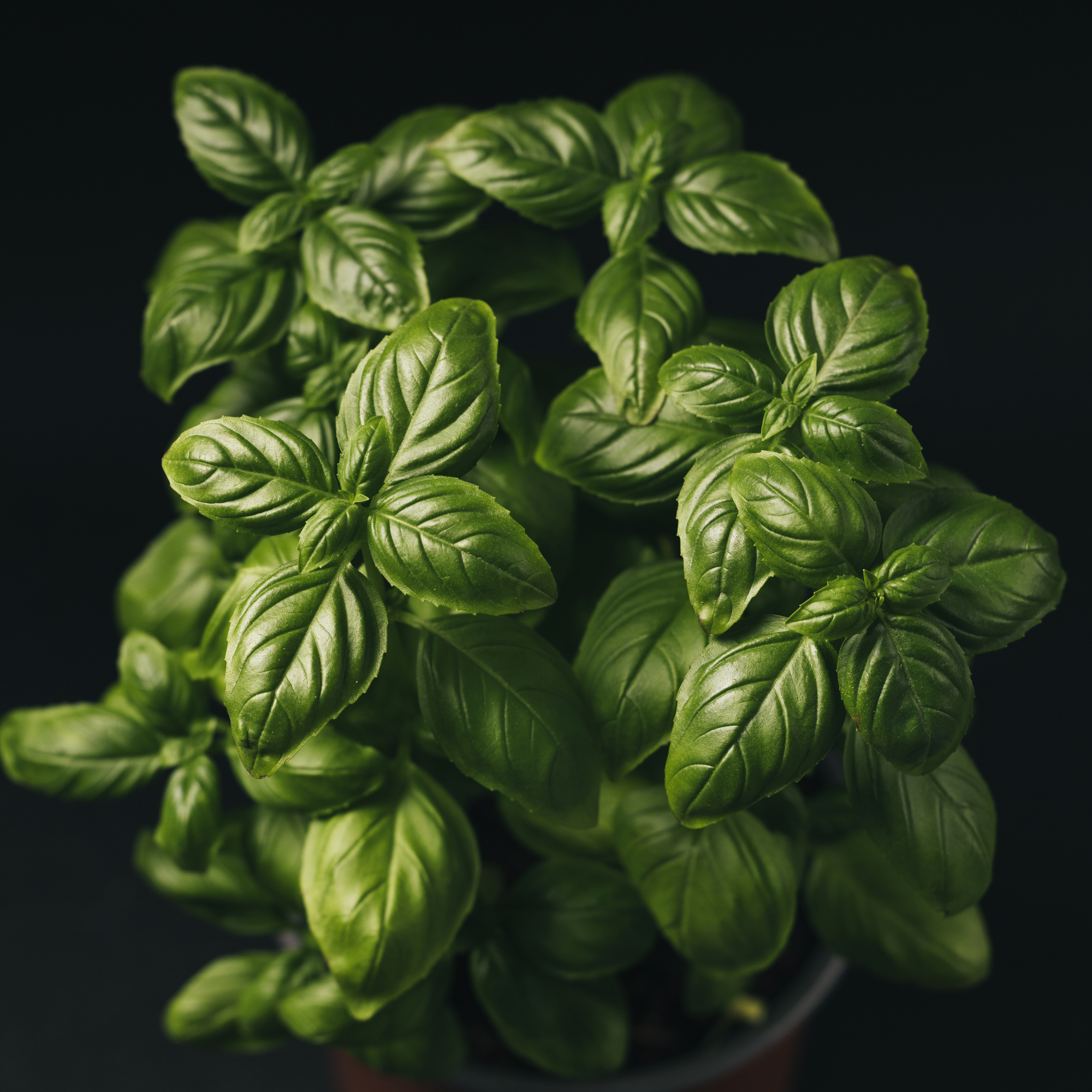
Genovese-type basil seeds that are a perfect companion to your tomato garden and will also benefit your local pollinators! Get growing today in the Gardening Know How Shop.
5. Basil
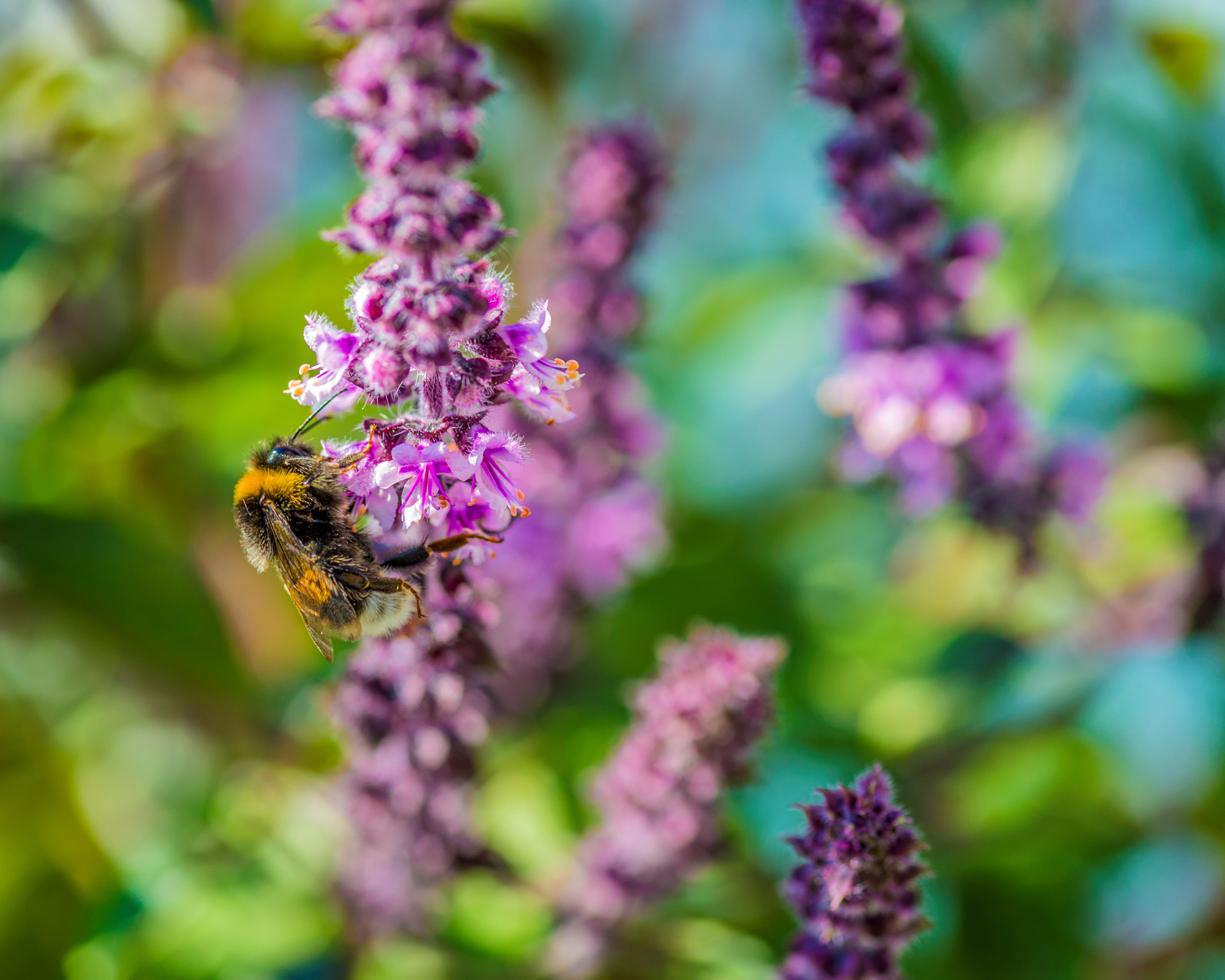
Basil (Ocimum basilicum) is one of the most familiar herbs of all, found in many kitchen and herb gardens. Its bright and happy green leaves add a spicy kick to food and drinks. But did you know that basil plants can also attract pollinators? The plant produces flower spikes with dozens of blooms that provide energy for pollinators, especially bees.
In fact, basil’s sole botanical purpose in life is to produce flowers. While you may snip these off for culinary basil, you don’t have to: just snip the leaves when you harvest basil. Leave those basil flowers for pollinators. If you allow some of your plants to go to seed, wild birds will thank you.
6. Oregano
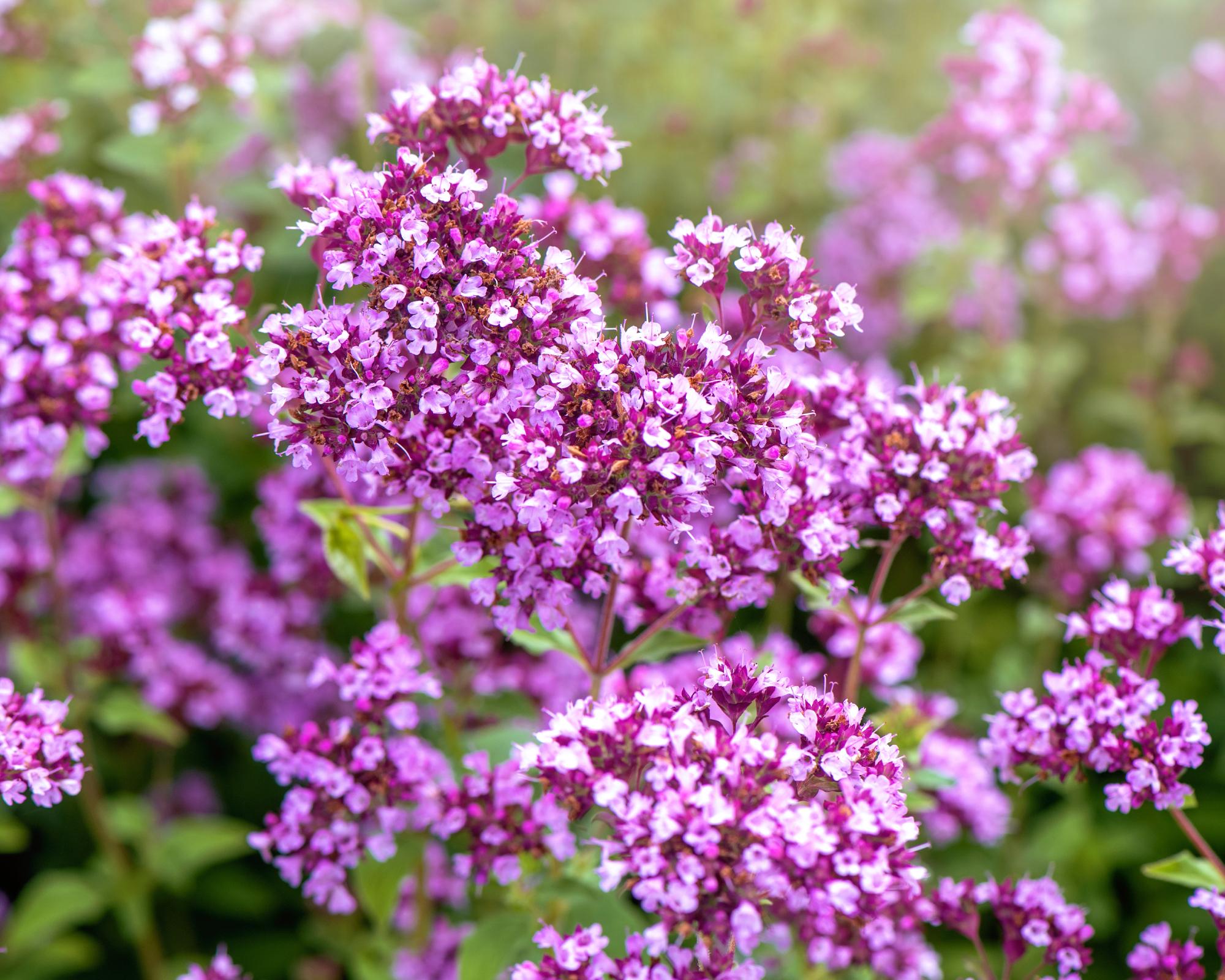
This perennial is a classic culinary herb and very important in Italian cooking. Oregano (Origanum vulgare) grows almost a yard tall (1m) with olive green leaves and big flower spikes in purple, pink or white. It is sometimes called wild marjoram.
Oregano flowers in July, August and September. The nectar attracts short-tongued bumblebees and honeybees, as well as the common carder bee and the blue mason bee. The flowers also appeal to butterflies.
7. Agastache
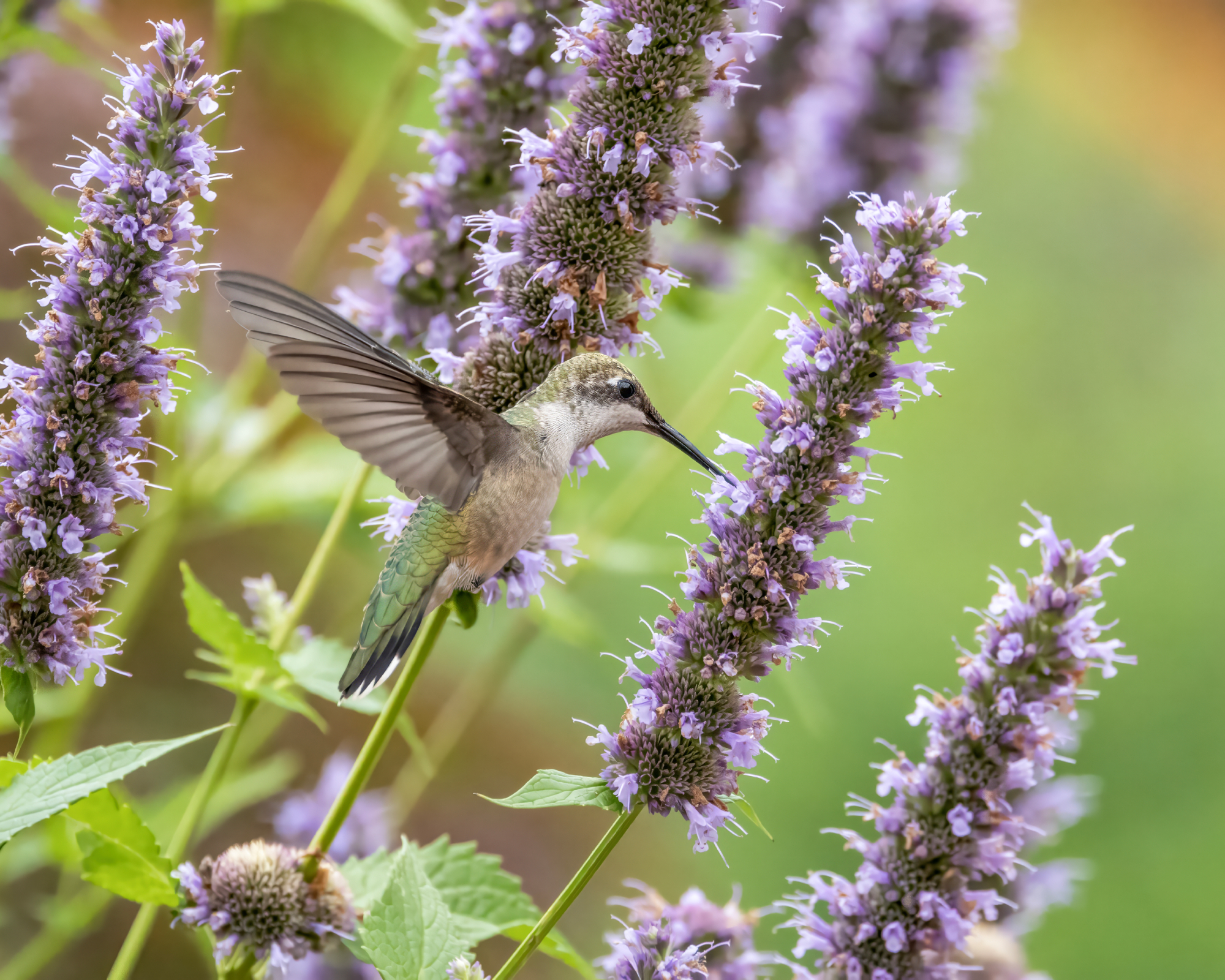
You may know these herbs for pollinators as giant hyssops – but whatever the name you give the plant, it’s a real winner. Agastache (Agastache spp.) is an erect, clump-forming perennial that you only need to plant once, and it often self-seeds too, giving you more plants! Its aromatic foliage is filled with flowers in summer.
Agastache blossoms grow in thick spikes with stunning purple, pink, yellow or orange blooms. They are magnets for butterflies and bees, especially carder bees. Agastache is a favorite plant to attract hummingbirds, so much so that they are often referred to as hummingbird mint.
8. Lavender
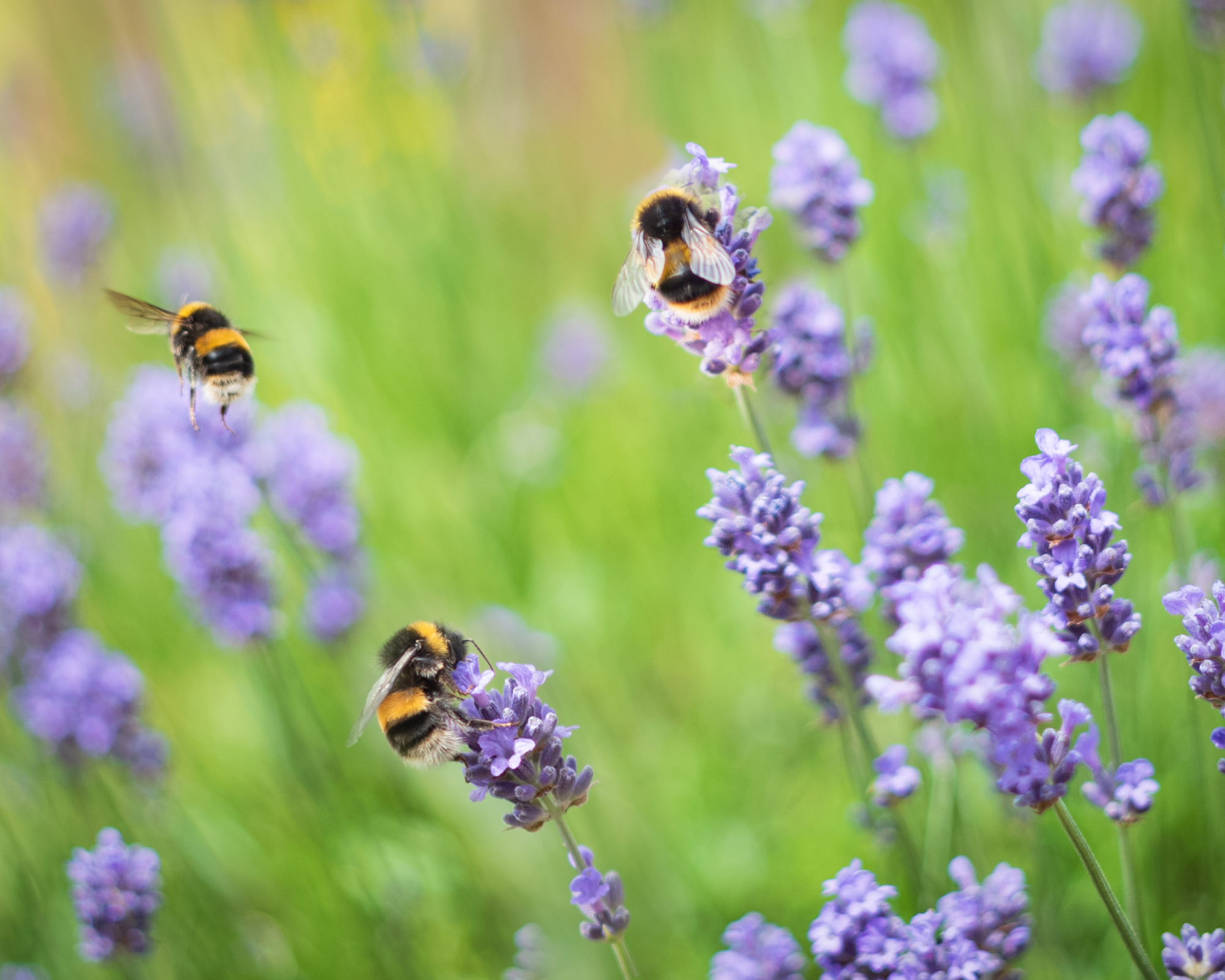
These small evergreen shrubs are famed for their tiny purple flowers with a strong and attractive fragrance. Lavender (Lavandula angustifolia) leaves are silvery, and the blooms appear on long, bare stalks at the tips of their branches.
The tall, pale blue flowers make many pollinators happy. They attract not just honeybees, but also butterflies, wasps and hornets – other important pollinators.
Tips For Growing Herbs For Pollinators
- Don’t use toxic pesticides anywhere in the garden. These can get transferred around the backyard by rainwater and contaminate your herb garden. There are natural ways to rid your garden of pests that are not harmful to your health or the health of pollinators.
- Use native plants as often as possible. They are easier to grow, easier to maintain, and assist native pollinators.
- Messy is better! Do not do an annual fall cleanup – instead, schedule a spring cleaning. Those old stalks, leaves and stems provide pollinators with winter shelter.
- Pollinators need water. Provide some type of water source, together with sticks or rocks to allow insects to land safely. I use a bowl filled with rocks, then add water, allowing the tops of the rocks to peep out. Another fantastic way to help thirsty pollinators is to use Bee Cups. These cute, handmade clay cups are designed to attract pollinators to drink. Bee Cups can be found in the Gardening Know How Shop.
This article features products available from third-party vendors in the Gardening Know How Shop.

Teo Spengler is a master gardener and a docent at the San Francisco Botanical Garden, where she hosts public tours. She has studied horticulture and written about nature, trees, plants, and gardening for more than two decades, following a career as an attorney and legal writer. Her extended family includes some 30 houseplants and hundreds of outdoor plants, including 250 trees, which are her main passion. Spengler currently splits her life between San Francisco and the French Basque Country, though she was raised in Alaska, giving her experience of gardening in a range of climates.